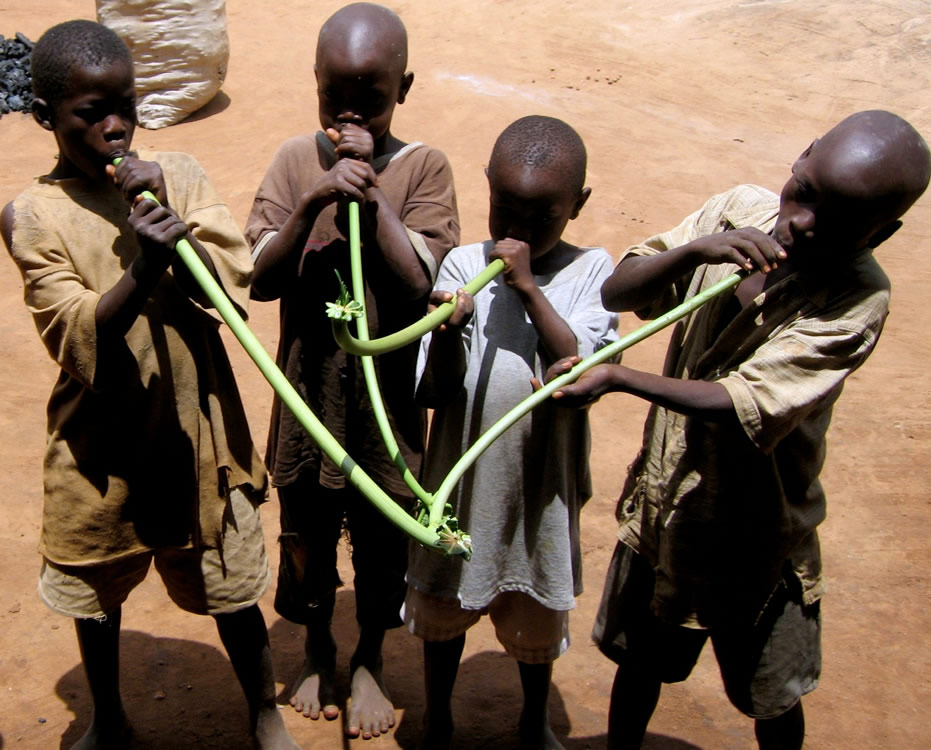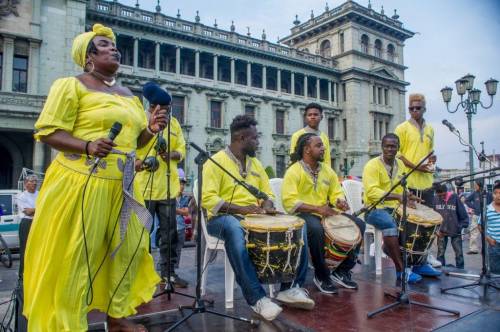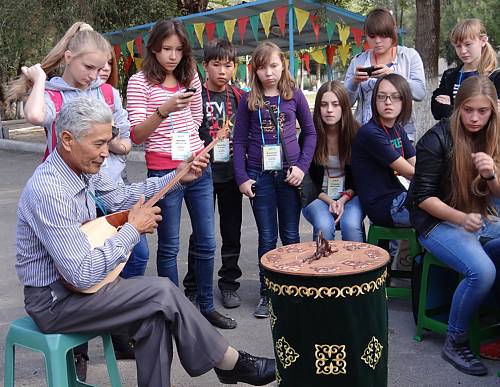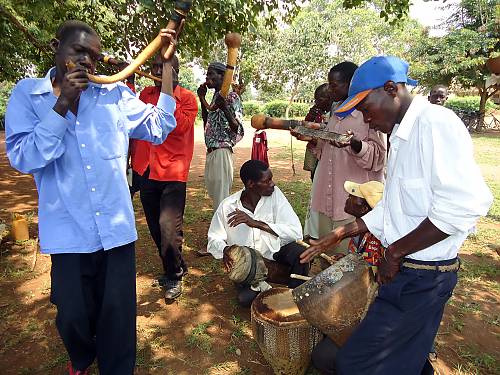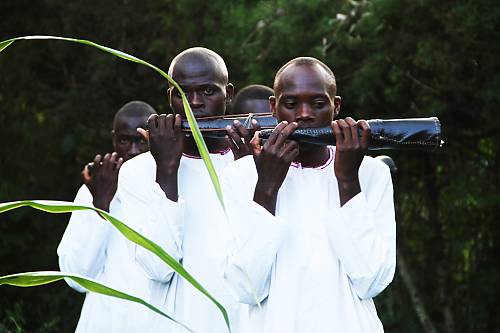In July 2013, a project has been launched which will enable four local communities to identify their living heritage, as an essential step for its safeguarding. It is financed with an amount of US$216,000 by the Intangible Cultural Heritage Fund (the contribution from the Government of Uganda amounts to US$32,891).
The Ministry of Gender, Labour and Social Development, which is responsible for its implementation, will establish a national strategy for inventorying intangible cultural heritage and organize a workshop in the capital in order to train local coordinators on the principle and methodologies of inventorying intangible heritage, while highlighting the importance of the fullest possible involvement of the communities concerned. Members from the Acholi, the Alur, the Basongora and the Ik communities will then be guided by the local coordinators in identifying and documenting their intangible cultural heritage during five months of fieldwork; the results will be included in a national inventory.
This project builds on recent activities that allowed Uganda to develop expertise for an efficient implementation of the 2003 Convention; having benefitted from a national consultation meeting in 2008 concerning the ratification of the UNESCO Conventions in the field of culture, a safeguarding project, financed by the UNESCO/Japanese Funds in Trust, was undertaken between 2006 and 2009 in order to safeguard bark cloth making; another pilot project, financed by the UNESCO/Flanders Funds in Trust, concerning community based inventorying among the Basoga community took place in 2010 and 2011.
